Rio de Janeiro, RJ, 1960. – Lives and works in Rio de Janeiro, Brazil.
Represented by A Gentil Carioca galery.
PIPA prize 2010, 2011, 2014, 2016, 2017 e 2018 nominee .PIPA prize 2018 winner.
Arjan Martin’s works addresses the matter of the African diaspora and Afro-Atlantic migrations occurred by the Brazilian colonial era. His production revolves around the incorporation of signs and codes excluded from history, and his canvases and drawings retell the history of colonization and slavery from the opressed’s point of view. Through daily activities, immigrants and African descendants are portrayed since their arrival to the new continent to present-time, as a fundamental part of his art. “In a very explicit way, Arjan’s paintings highlight the colonization and slavery oppression aches – which are still so present in our daily social conflicts – but they do this with a violent exuberance of form, that doesn’t let themselves to domesticate in illustration”, declares Luis Camillo Osorio.
Arjan held his first solo exhibition in 2002, “Drawings”, at the Museum of the Republic, Rio de Janeiro. Among his solo exhibitions, the following stand out: “Américas”, curated by Paulo Sérgio Duarte (MAM-Rio, 2014); “Et Cetera” (A Gentil Carioca, RJ, 2016) and “O Estrangeiro” (Brasilea Foundation, Basel, Switzerland, 2017). The artist participated in group exhibitions such as: “Abre Alas” (A Gentil Carioca, RJ, 2009); “From Valongo to Favela” (MAR, RJ, 2014); “Novas Acisições” (2014) and “Arte Brasileira Hoje” (2015), both at MAM-Rio. In 2005, he received the Prize for Contemporary Art Projects, by Funarte. In the following year, 2006, he participated in the “Dakar Biennial” and, in 2007, in the “Haiti Sculpture”. In 2017, Arjan was awarded a prize for artistic residency in Africa, promoted by the Goethe Institute in the city of Lagos, Nigeria. In 2018, he participated in the exhibition “Fratura” at Instituto Tomie Ohtake, curated by Paulo Myiada; he was part of the traveling exhibition “Ex-Africa”, promoted by CCBB, curated by Alfons Hug and participated in the 11th Mercosul Biennial.
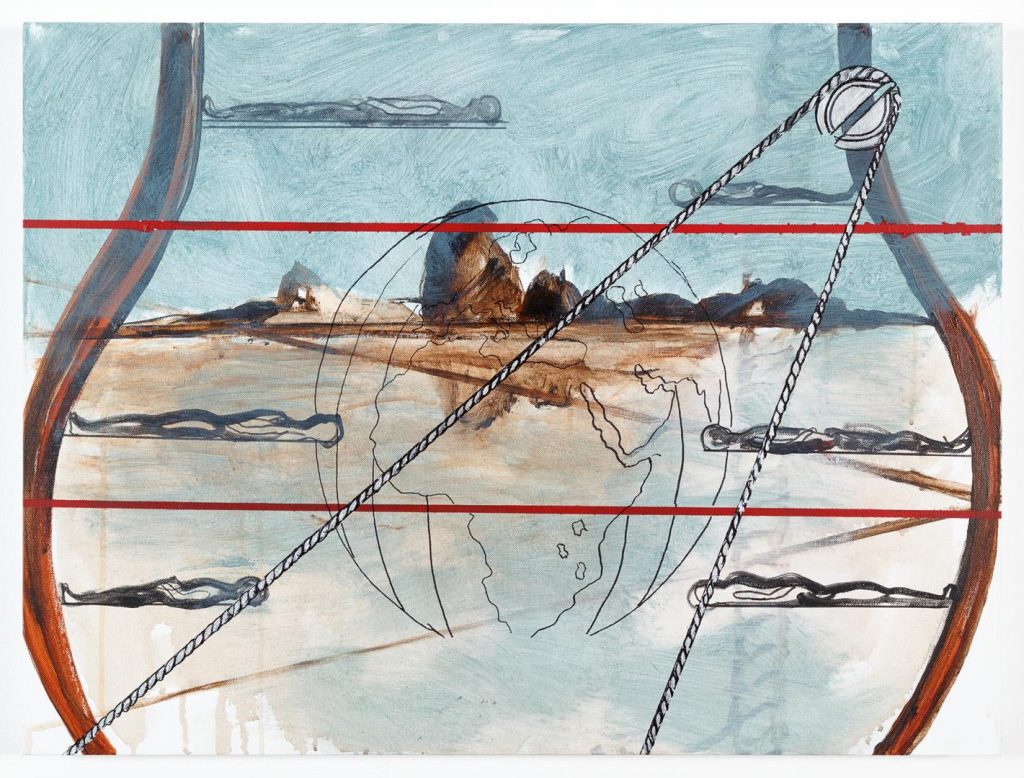
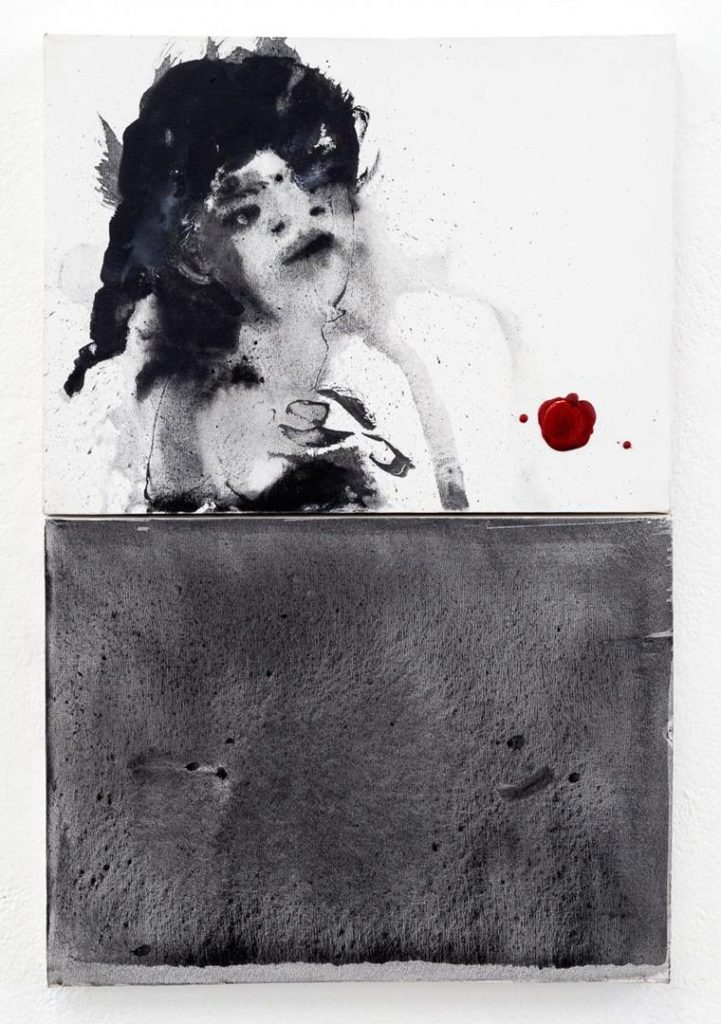
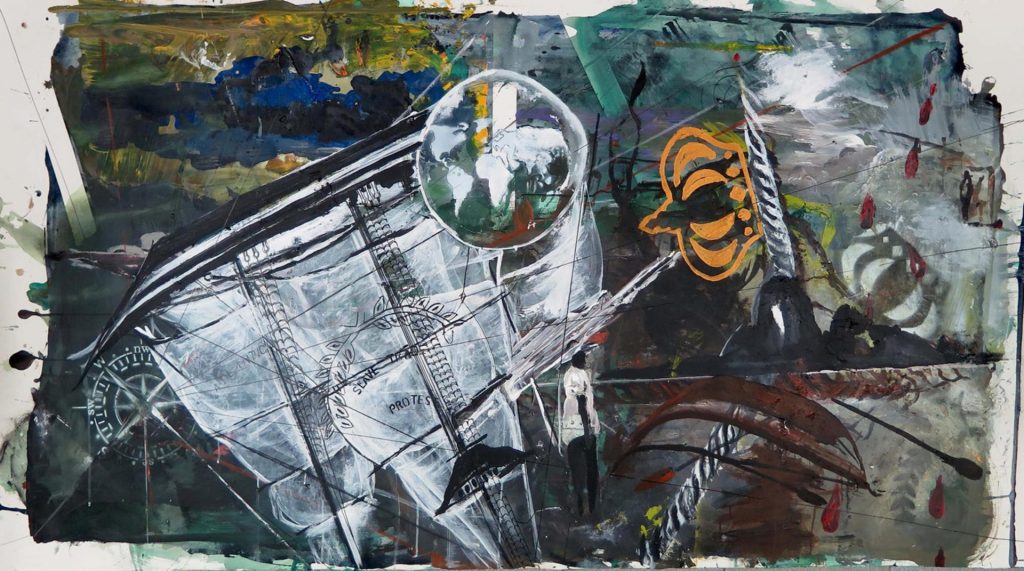
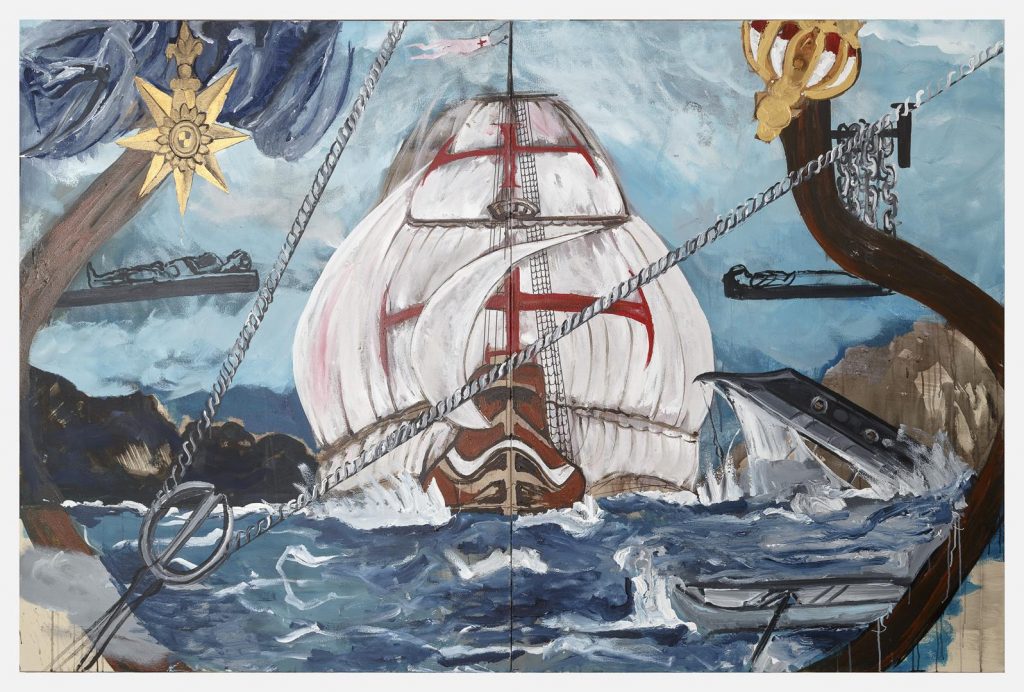
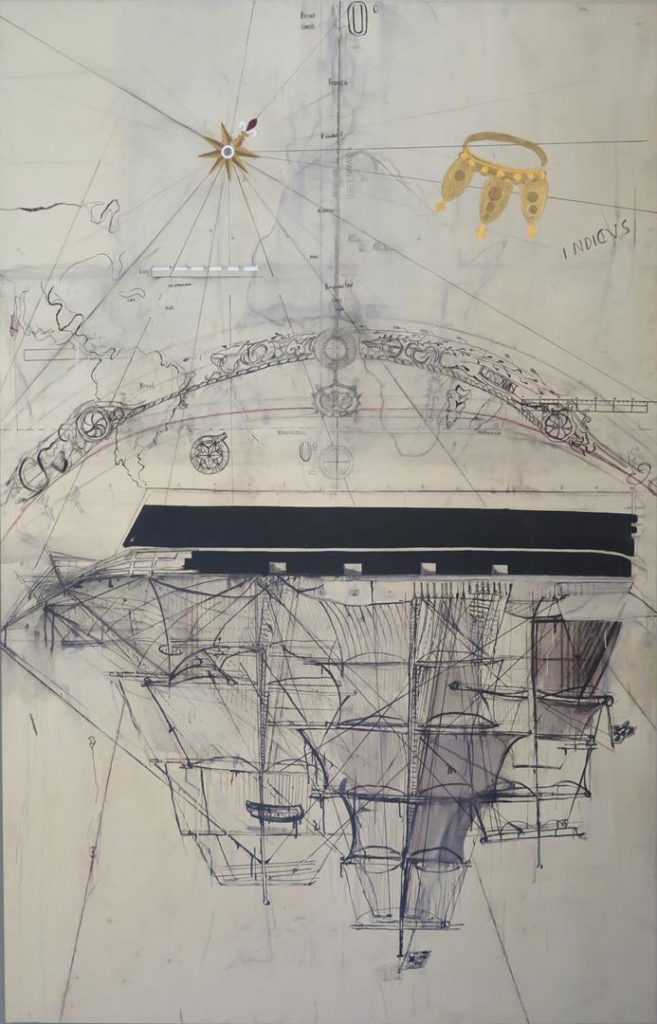
Critical Texts
By Fernando Cocchiarale, Art Critic, Curator & Professor
September, 2002
The designs of Argentino Mauro, Arjan, born in the actual act of execution. However not based on random procedures whose completion would be casual and without any identity. His set has a clear authorship as not only a view of the production process, as the theme, these images have traits in common.
The clear dialogue between the work of Arjan is based, because, in his creative process. Argentine integrates the legion of artists whose work is conceived not as the result of a project (this is the anticipation of the final results of the work before its effective implementation), but the expression of drives and tensions of his interior universe through the process of making the work. In that sense it would be wrong not link it, provided that certain conditions subject to the genealogy expressionist.
Underlined by from Fauvism French and German Die Brücke, 1905, this genealogy set up as a “ism” in Der Blaue Reiter, of Germany proposed in 1911. As the historian Italian Giulio Argan, “Literally, expression is the opposite of printing. Printing is a movement from outside to the inside, is the reality (object) which records the consciousness (subject). The term is a reverse movement, from indoors to outdoors, is the subject that is manifested in the object (1). “
In this sense, even before its existence as one of the leading historical “isms” the first half of the last century, the trend toward expressionism was (and still is being) the latent temperament of many artists. Legitimized the sense of tragic-romantic German culture and psychoanalysis, in its emergency scenario pioneer of modern art gave only flow to a choice regarding the atypical aesthetic objectivity of the new plastic-formal languages and thus closer to the invisible inner life of Subject-an artist. Now, however, unlike the last pre-modern, this trend could coexist with their diametrically opposed, in the universe and on plural of vanguards.
Since then, whenever the art sought to break or depart from the aesthetic and artistic issues of feature more cerebral, this trend was resumed on new foundations: the American abstract expressionism (decade of 1950) and the German neo-expressionism (decade of 1980), for example., by revaluing the drives emanating from the insides of the human condition, brought with them the recovery of brushstrokes and traces of gesture agile, whose ordination in the works, does without the project. Exception made to abstract expressionism, the thematic repertoire of genealogy expressionist commonly enriched the tragedies of the human soul through mortified icons of the body or in extreme tension. This is the backdrop for the dozens of drawings in this show by Argentino Mauro.
From an iconic Argentino perspective the expectations of genealogical expressionism do not escape. He focuses on the human body, but never enter it into a kind of composition scenographic typical of his German colleagues centre. The environment in which their bodies graphics appear, almost always the most fragmented in their expressions (as the face, for example), is the very role, smudged by sequels of water spots and design. Even in the work of the fetuses, designed in full, fragmentation is consumed. Separated from the body in which mothers should enroll their embryos floating in a fund without identity. In this repertoire of images add up to other, no less intense, consisting of twitching male faces, skulls and icons alike. So we quickly on the drawings which results in a profuse production almost obsessive that raises a condensed view of tens work as in this exhibition.
A significant part of his work starts up from spots potentially tragic carnal watercolour. They combine an attitude both predictable and random expectations, both ends: that controls their area of focus desirable and what is available to the accident, takes up unexpected results, but favourable to next steps. Then superimposed the spots, the design begins, in a spontaneous and nervous trait that crosses the white of the paper without recovering it, but smudging it with the density of the images it generates. However Arjan not explores the dramatic contrast between areas of intense light and heavy shadows that led, for example, the German expressionists intense research centre to chart the universe, especially the woodcuts. He can fill in the blank of the same role with the preservation of areas without any significant gesture by the occupation graphic designer.
Video
